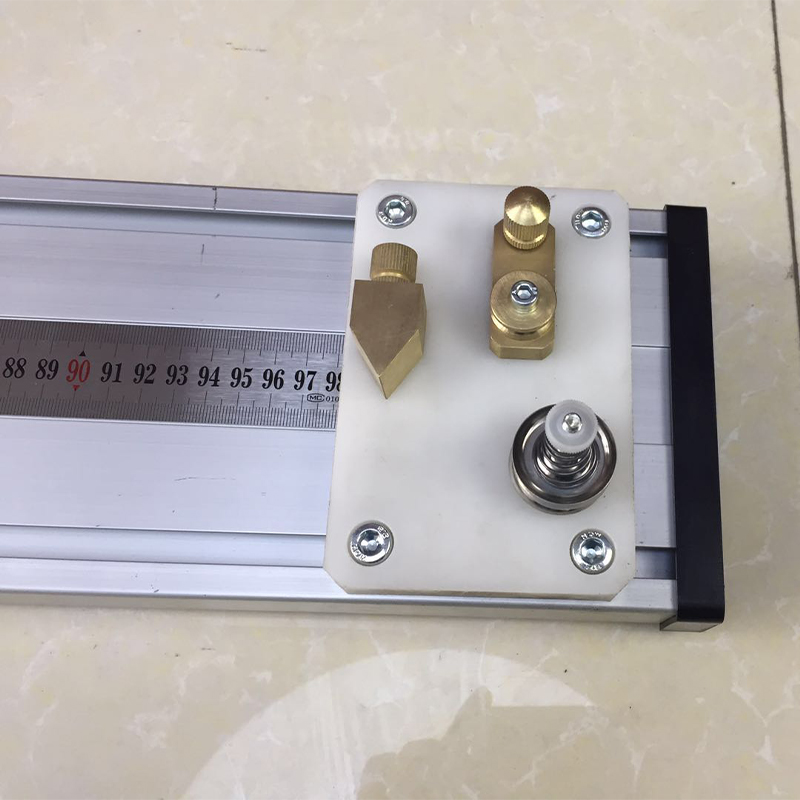Suppliers of Smoke Density Testing Machines for Cables and Wire Products
The Importance of Smoke Density Testing for Cable Manufacturers
In the realm of cable manufacturing, safety and compliance with industry standards are of paramount importance. One key aspect that must not be overlooked is the smoke density produced by cables during combustion. This is where smoke density test machines come into play, allowing manufacturers to ensure that their cables meet strict regulations while protecting both consumers and the environment.
Understanding Smoke Density Testing
Smoke density testing is a critical process that measures the amount of smoke emitted by materials when they are exposed to fire. The amount and density of smoke produced can have significant implications during fire incidents. High smoke density can hinder visibility and increase the risk of smoke inhalation, which can be fatal. Thus, testing for smoke density is essential, especially in applications where cables are installed in crowded or enclosed spaces, such as in buildings, vehicles, and public transportation systems.
The smoke density test machine simulates real-world conditions under which cables might catch fire. These machines measure the optical density of the smoke produced, providing a quantitative assessment that helps manufacturers understand how their products will perform in case of a fire. Industry standards, such as those set by UL (Underwriters Laboratories) and IEC (International Electrotechnical Commission), dictate specific limits for smoke density that must be adhered to.
Key Features of Smoke Density Test Machines
When looking for suppliers of smoke density test machines, manufacturers should seek devices that offer a range of essential features
1. High-Precision Sensors Accurate measurement of smoke density relies on advanced sensors that can detect even the slightest changes in optical density. This ensures reliable results during testing.
2. User-Friendly Interface A modern smoke density test machine should include an intuitive interface that makes it easy for operators to set up tests, monitor results, and analyze data.
3. Data Logging Capabilities The ability to log data during tests is crucial for compliance and quality assurance. This feature allows manufacturers to maintain records that can be reviewed during audits.
4. Compliance with International Standards Suppliers should provide equipment that meets various international testing standards to enable cables to be marketed across regions.
cable smoke density test machine suppliers

Choosing the Right Supplier
With a growing number of suppliers offering smoke density test machines, manufacturers should conduct thorough research. Considerations should include the supplier’s reputation, the technology used in their machines, and the level of customer support provided. Engaging with suppliers who have a strong track record in providing testing equipment for cable manufacturers can save time and ensure better quality products.
Benefits of Accurate Smoke Density Testing
Investing in high-quality smoke density test machines and adhering to smoke density testing protocols can bring numerous benefits to cable manufacturers
- Enhanced Safety By ensuring that cables produce minimal smoke during combustion, manufacturers can significantly reduce the risks associated with fire incidents, thereby enhancing safety for end-users.
- Regulatory Compliance Complying with smoke density standards is crucial for market access. Non-compliance can lead to fines, product recalls, and a tarnished reputation.
- Quality Assurance Regular testing promotes quality assurance and helps manufacturers maintain high standards, driving customer trust and satisfaction.
- Environmental Responsibility Minimizing smoke emissions aligns with global efforts towards more sustainable manufacturing practices.
Conclusion
Smoke density testing is an integral part of the cable manufacturing process, ensuring the safety and reliability of products in critical applications. By partnering with reputable suppliers of smoke density test machines, manufacturers can ensure compliance, enhance safety, and contribute positively to environmental efforts. As the industry continues to evolve, so too must the technologies and processes that underpin it, making smoke density testing an indispensable element of modern cable production.
-
Why the Conductor Resistance Constant Temperature Measurement Machine Redefines Precision
NewsJun.20,2025
-
Reliable Testing Starts Here: Why the High Insulation Resistance Measuring Instrument Is a Must-Have
NewsJun.20,2025
-
Flexible Cable Flexing Test Equipment: The Precision Standard for Cable Durability and Performance Testing
NewsJun.20,2025
-
Digital Measurement Projector: Precision Visualization for Modern Manufacturing
NewsJun.20,2025
-
Computer Control Electronic Tensile Tester: Precision and Power for the Modern Metal Industry
NewsJun.20,2025
-
Cable Spark Tester: Your Ultimate Insulation Assurance for Wire and Cable Testing
NewsJun.20,2025
 Copyright © 2025 Hebei Fangyuan Instrument & Equipment Co.,Ltd. All Rights Reserved. Sitemap | Privacy Policy
Copyright © 2025 Hebei Fangyuan Instrument & Equipment Co.,Ltd. All Rights Reserved. Sitemap | Privacy Policy
